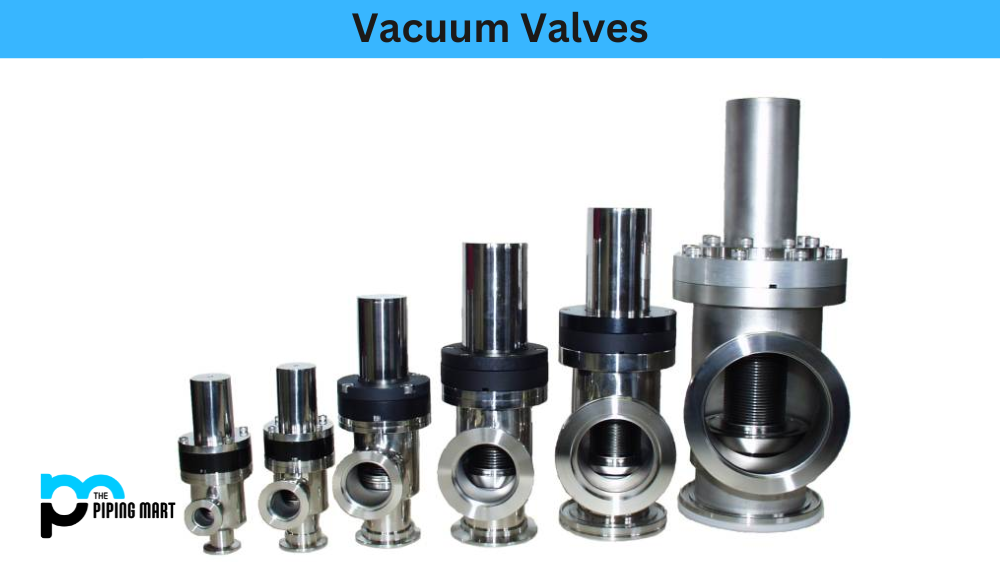A service valve is a vital equipment commonly used in various industries, including the chemical, gas, and petrochemical sectors. Service valves play a crucial role as gatekeepers that allow or restrict the flow of material, including gases, chemicals, and liquids, in a pipeline. While service valves are primarily designed for safety and operational efficiency, they also have some downsides. In this article, we’ll delve into the advantages and disadvantages of service valves so you can decide whether a service valve is the right pick for your operation.
Advantages of Service Valves
Improved Safety
The primary advantage of service valves is their ability to enhance safety in pipeline operations. Service valves are designed to be robust and reliable, which means they can quickly halt the flow of material in an emergency. This instant shut-off helps prevent accidents and minimizes the damage caused by catastrophic events such as leaks and spills.
Better Control of Material Flow
Service valves are highly versatile and can be customized to meet specific needs. Operators can control the opening and closing of the valve to regulate the flow of materials in a pipeline. This can help avoid overflowing of product and ensure that the pipeline moves at optimal speeds, reducing the risk of damage due to pressure buildup.
Cost-Effective
Service valves are a one-time investment that can save pipeline operators much money in the long run. These valves come in different materials and sizes, depending on the needs of the operators. Choosing the right service valve can prolong the lifespan of a pipeline, reduce maintenance costs, and minimize downtime.
Disadvantages of Service Valves
Dependent on Human Handling
Service valves are operated by humans, which means that the functioning of the valve is dependent on the operator. A mistake in operating the valve can cause severe damage to the pipeline. Replacing the valve can be challenging if it needs to be accessed remotely.
Delay in Detection of Issues
In some cases, service valves can prevent prompt detection of pipeline issues. For example, if the valve is closed for an extended period, the operator may not notice a leak or a drop in material pressure. The delay in detection can cause considerable damage and require significant repair costs.
Limited Functionality
Service valves have limited functionality. They are not designed to regulate the capacity of material flowing through the pipeline or monitor the material’s temperature or pressure. Additional equipment may be needed if any of these considerations are critical to a pipeline’s operation.
Conclusion:
Service valves can significantly enhance the safety and efficiency of pipeline operations. By providing better control over the flow of material and shutting off the pipeline immediately during emergencies, they help prevent catastrophes. Additionally, choosing the right service valve can help reduce maintenance and downtime, making them a cost-effective equipment option. However, service valves have disadvantages like any other equipment, including dependence on human handling and limited functionality. By understanding the pros and cons of service valves, pipeline operators can decide whether a service valve is the right pick for their operations.

Pipingmart is a B2B portal that specializes in metal, industrial and piping items. Additionally, we share the latest information and information about materials, products and various types of grades to assist businesses that are involved in this business.




